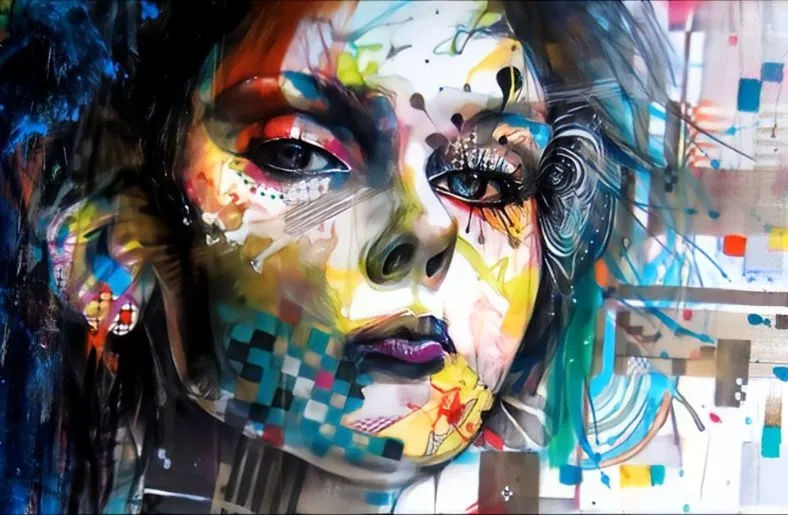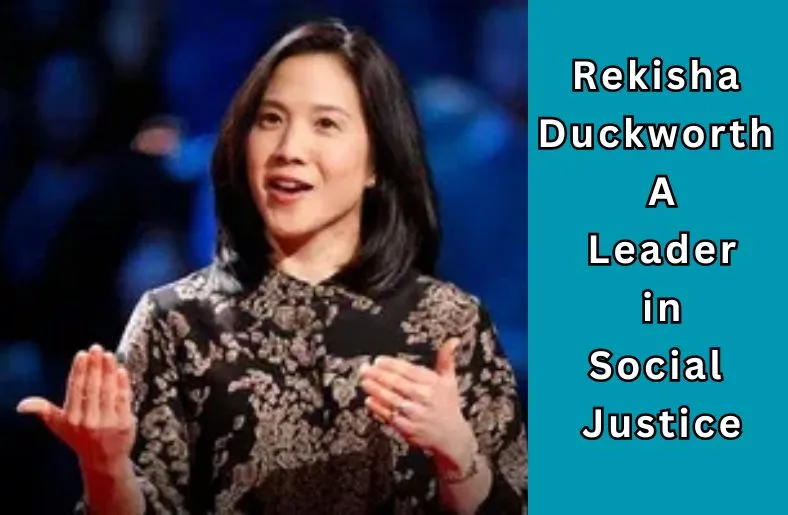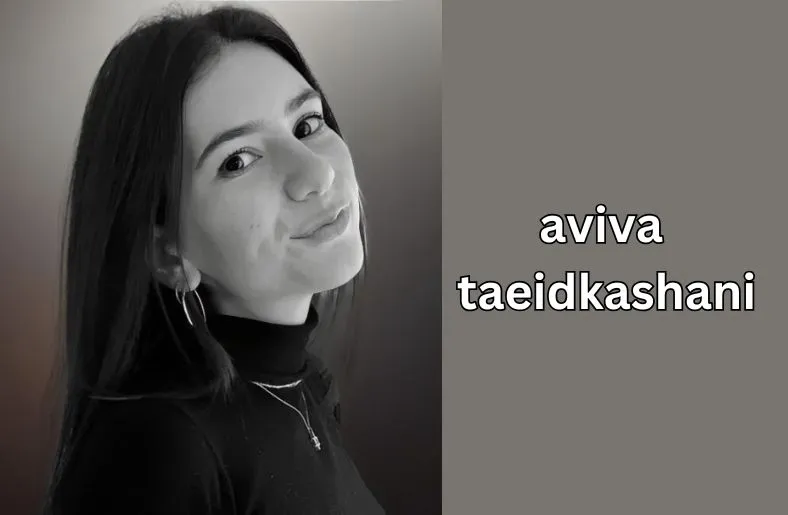Introduction
Girma Zekpa is a contemporary artist and writer known for his unique perspective on art and identity. He uses his work to explore how culture shapes who we are. Through painting, sculpture, and writing, Girma reflects on his experiences and those of others. His art speaks to the heart of identity and culture.
Girma’s work is important because it challenges traditional views of art. He invites viewers to think about their own identities and how they connect with the world. By blending different styles and themes, Girma helps redefine what art can be. His work shows that art is not just about beauty; it is also about storytelling and understanding ourselves.
In this blog post, we will explore Girma Zekpa’s early life and cultural background. We will also discuss his educational journey and how it shaped him as an artist. Finally, we will look at the themes in his work, his artistic style, and his impact on contemporary art.
1. Early Life and Cultural Background
Girma Zekpa was born and raised in Ethiopia. Growing up in a rich cultural environment deeply influenced his artistic vision. Ethiopia has a long history of diverse cultures, languages, and traditions. This vibrant background played a crucial role in shaping Girma’s identity.
As a child, Girma was exposed to various art forms. He often visited local markets where artists displayed their work. These experiences sparked his interest in art and storytelling. The colors, shapes, and stories he encountered inspired him to express his feelings through his own art.
Girma’s early influences also include his family. They encouraged his creativity and supported his passion for art. His parents shared stories about their culture and history, which fueled his imagination. These stories helped him understand the importance of cultural identity.
Through his upbringing, Girma learned to appreciate the power of art. It became a way for him to connect with his roots. This connection is evident in his work, where he often explores themes of identity and belonging. His early life laid the foundation for his journey as an artist and writer.
2. Educational Journey and Artistic Development
Girma Zekpa’s educational journey began in Ethiopia, where he studied art in local schools. He learned the basics of painting and sculpture, which helped him develop his skills. His teachers recognized his talent and encouraged him to explore different techniques. This support played a significant role in his growth as an artist.
Later, Girma moved to the United States to pursue higher education. He attended a well-known art school, where he learned from experienced artists. This experience opened his eyes to new ideas and styles. He began to experiment with mixed media, combining traditional Ethiopian art with contemporary techniques.
Mentors played a crucial role in his artistic development. They guided him in finding his voice and encouraged him to share his story. Exposure to diverse cultures also broadened his perspective. He learned about various art movements and how they reflect society.
Girma’s education not only taught him technical skills but also helped him understand art’s role in culture. He realized that art is a powerful tool for communication. This realization motivated him to create work that reflects his experiences and connects with others.
3. Themes in Girma Zekpa’s Work
Girma Zekpa’s work explores important themes of identity and culture. He often focuses on how personal experiences shape our understanding of who we are. His art invites viewers to think about their own identities and backgrounds.
One recurring theme in Girma’s work is the connection between individual and collective identity. He shows how personal stories are linked to larger cultural narratives. For example, in one of his paintings, he combines traditional Ethiopian symbols with modern elements. This blend reflects the complexity of living in a globalized world.
Another theme is the struggle for self-acceptance. Girma often portrays characters facing challenges related to their identities. Through his art, he encourages viewers to embrace their uniqueness. His work reminds us that our differences make us stronger.
Specific examples of his themes can be seen in his exhibitions. One of his notable pieces, “Roots of My Identity,” features vibrant colors and intricate patterns. This artwork represents the blend of his Ethiopian heritage and his experiences in the West. It resonates with many who share similar journeys.
Overall, Girma Zekpa’s art is a powerful exploration of identity and culture. His themes encourage us to reflect on our own lives and the stories that shape us.
4. Artistic Style and Techniques
Girma Zekpa has a unique artistic style that sets him apart. He blends traditional Ethiopian art with contemporary techniques. This fusion creates a rich visual experience for viewers. His work is colorful, vibrant, and full of life.
One key technique Girma uses is mixed media. He often combines paint, fabric, and found objects in his pieces. This approach adds texture and depth, making each artwork feel dynamic. By incorporating various materials, he tells a more complex story about identity.
Girma also pays attention to color in his art. He uses bright, bold colors to evoke emotions and capture attention. For example, warm reds and yellows can represent passion and warmth, while cool blues may symbolize tranquility. This thoughtful use of color enhances the viewer’s connection to his work.
Another innovative aspect of his style is the incorporation of cultural symbols. He often includes traditional Ethiopian motifs in his art. These symbols not only celebrate his heritage but also invite viewers to engage with the culture. They encourage a dialogue between the past and the present.
Overall, Girma Zekpa’s artistic style is a beautiful blend of tradition and modernity. His unique techniques and thoughtful use of materials make his work captivating and meaningful.
5. Impact on Contemporary Art
Girma Zekpa has made a significant impact on contemporary art. His work challenges traditional notions of art, making it more inclusive and diverse. He encourages artists from various backgrounds to share their stories and experiences.
One of Girma’s key contributions is promoting cultural diversity in art. Through his exhibitions, he highlights the importance of different perspectives. He showcases how art can bridge cultural gaps and foster understanding. His work inspires others to embrace their heritage and express it creatively.
Girma has also collaborated with other artists, further expanding his influence. These collaborations often blend different styles and ideas. They create a platform for dialogue and exchange among artists from diverse backgrounds. This approach enriches the contemporary art scene, making it more vibrant and dynamic.
Exhibitions featuring Girma’s work have gained attention in major art institutions. His pieces are celebrated for their thought-provoking messages and striking visuals. Through these exhibitions, he reaches a wider audience, inspiring others to reflect on their identities.
Overall, Girma Zekpa’s impact on contemporary art is profound. He has opened doors for cultural exchange and dialogue, making the art world more inclusive and representative.
6. Girma Zekpa’s Role in Cultural Discourse
Girma Zekpa actively engages in cultural discourse through his art and writings. He addresses important social issues related to identity and representation. His work reflects the struggles and triumphs of marginalized communities, making it relevant and impactful.
Through his art, Girma raises awareness about cultural identity. He encourages discussions around what it means to belong to a particular culture. His pieces often highlight the challenges faced by individuals navigating multiple identities. By doing so, he opens up conversations about acceptance and understanding.
Girma is also involved in public dialogues and panel discussions. He speaks about the importance of representation in the art world. His voice is crucial in advocating for underrepresented artists. He emphasizes the need for diverse narratives in art and media.
In addition, Girma uses social media to connect with a wider audience. He shares insights about his creative process and the stories behind his work. This engagement fosters a sense of community among artists and art lovers.
Overall, Girma Zekpa’s role in cultural discourse is significant. He uses his platform to advocate for marginalized voices and promote understanding through art. His work inspires others to reflect on their identities and engage in meaningful conversations.
7. Recognition and Legacy
Girma Zekpa has received several awards and recognitions for his contributions to art. These accolades highlight his impact on the art community and his role in promoting cultural diversity. His work has been featured in numerous exhibitions, both nationally and internationally.
One notable award he received is the Emerging Artist Grant. This recognition helped him gain visibility in the art world. It also provided him with resources to further develop his projects. Such support encourages emerging artists to continue their work and share their stories.
Girma’s legacy will likely inspire future generations of artists. His focus on identity and culture resonates with many. Emerging artists often cite him as an influence in their creative journeys. His work encourages them to explore their own backgrounds and experiences.
Additionally, Girma’s contributions to public discussions about art and culture will leave a lasting impact. He has paved the way for more inclusive dialogues in the art community. His advocacy for diverse voices in art will continue to inspire change.
Conclusion
Girma Zekpa stands as a transformative figure in contemporary art, weaving together themes of identity and culture through his vibrant creations. His journey from Ethiopia to the global art scene reflects a deep commitment to exploring personal and collective narratives. By blending traditional and modern techniques, Girma not only celebrates his heritage but also encourages others to embrace their unique identities. His contributions to cultural discourse and advocacy for representation enrich the art community, inspiring future generations. As Girma continues to challenge conventional boundaries, his legacy will undoubtedly resonate, fostering understanding and appreciation for diverse artistic expressions.




